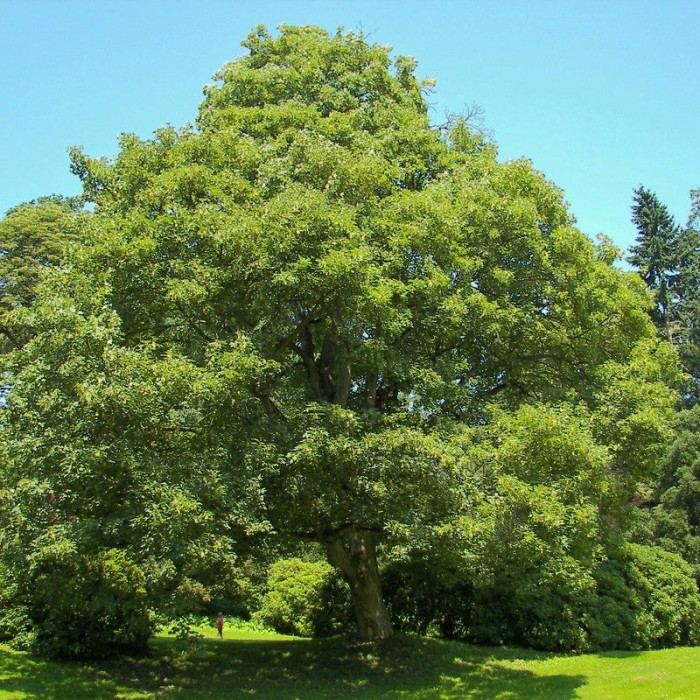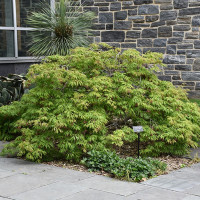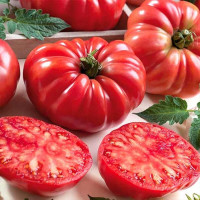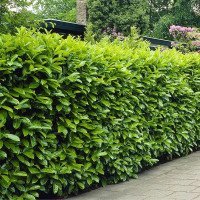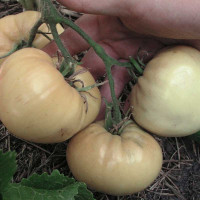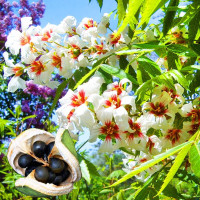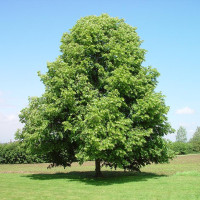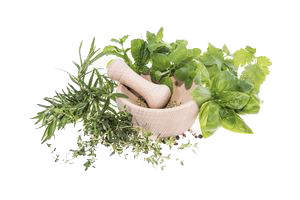Maple sycamore (white maple) or Sycamore / Acer pseudoplatanus - a large deciduous summer green tree, reaching 20-35 meters in height, with a wide domed crown. On young trees, the bark is smooth and grey, but becomes rougher with age and flakes off in scales, showing the inner layers of bark pale brown to pinkish. The leaves are opposite, 10-25 cm long and wide, with a 5-15 cm petiole, palmately lobed, with serrated edges, dark green; some cultivars have purple or crimson or yellowish leaves. Monoecious yellow-green flowers appear in spring on 10-20 cm drooping racemes, 20-50 flowers in each inflorescence.
The seeds, 5-10 mm in diameter, are arranged in pairs in lionfish, each seed with a winglet 2-4 centimeters long. Wings allow the seeds to fly, spinning, in the wind when they fall; this helps them spread to a greater distance from the parent tree. Seeds ripen in autumn, about 6 months after pollination.
White maple is grown for wood, white, with a silky sheen, wear-resistant, used for the manufacture of musical instruments, furniture and fittings, flooring, including parquet. Occasionally, wood with a wavy texture increases its value for decorative cladding (veneer). This is the traditional material for making the back, neck and scroll of the neck of a violin.
Honey plant. The flowers produce pollen and nectar in abundance, producing a fragrant, mild-tasting, pale-colored honey.
White maple is remarkable for its resistance to wind, urban pollution, and salt, making it popular for growing in cities, along salted roads in winter, and along the coast. It is introduced and cultivated widely north of its natural range in northern Europe, especially in the British Isles and Scandinavia, as far north as Tromsø in Norway (seeds may ripen as far north as Vesterålen), in Reykjavik (Iceland) and in Tórshavn in the Faroe Islands. .

No questions about this product, be the first and ask your question.


